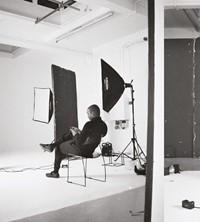Off the back of his S/S19 show, the designer shares his advice on growing a brand and forging your own path.
- TextRob Nowill
Are graphic designers the future of fashion? Samuel Ross – the former product designer, founder of A-Cold-Wall, and protégé of Virgil Abloh – is betting on it. His story is unlike anyone else’s in London, though it bears remarkable parallels to Abloh’s own ascent: after growing up in a forgotten redbrick working-class town, he studied graphic design at university, not fashion, and worked in that field before veering into clothing. Nethertheless, supported by the British Fashion Council’s NEWGEN initiative, he’s achieved a steady, considered and sustained ascent in menswear, carefully evolving his brand on his own terms and speaking directly to an ever-increasing fanbase. In the wake of his S/S19 show at London Fashion Week Men’s yesterday, we asked him to share his advice on growing a brand and forging your own path.
1. There’s no ‘right’ way in
“I didn’t take the traditional route into the industry. I didn’t study at Central Saint Martins. And I’ve had always had a subversive relationship with fashion: I used to sell fake Nikes and adidas when I was 15. I had my first t-shirt label when I was 18, and it was picked up by a few stores, but I axed it off and went into graphic design. I was working for commercial agencies: designing cookware, pots and pans. So it was less expressive. But being in that world is how I met Virgil [Abloh], who helped me find my way into fashion.
“In some ways I feel like I’ve finished off my father’s work. He graduated from Central Saint Martins in fine art and became a stained-glass artist. He was actually in the same year as Damien Hirst. But, of course, it was a different time, and his opportunities were different to what mine are now. So although I didn’t go to CSM, I have a real reverence and respect for it. And I feel like I’ve taken up his mantle.”
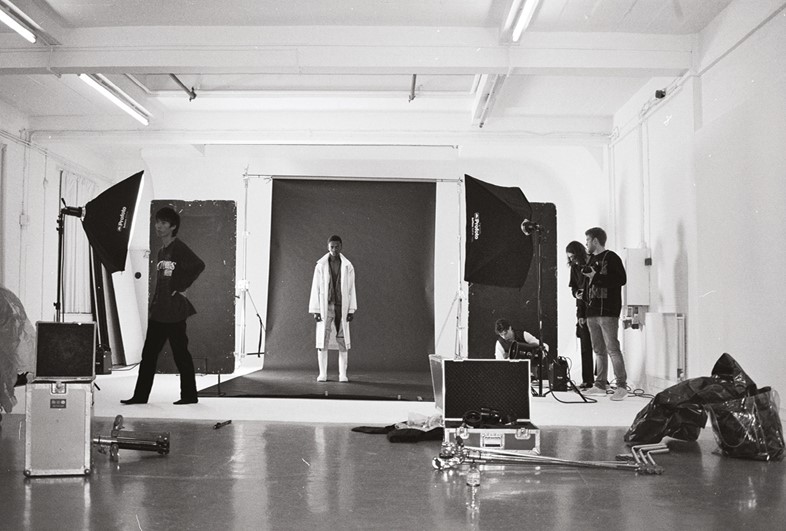
2. Make mistakes
“I’ve been learning publicly, to be honest, since the brand started. But feel like I can afford to make mistakes. And I think that human element – of trying things, even if they don’t work – is what drives that feeling of cult. People want to be able to say, ‘I was there when A-Cold-Wall was just two guys, and the paint was falling off the walls.’ We’re 14 people now, so things are a little different. But I’m still always interested in trying new ways of developing our narrative. It’s why I wanted the S/S19 show to be much more experiential. We’re in the position where we can do something like that now.
“I’ve had the fortune to work for other designers, like Virgil and Shayne [Oliver], who were also very much about finding their own path. So I was able to see where there were spaces for other ideas to come into play. And those ideas became a kind of blueprint for modern communication.”
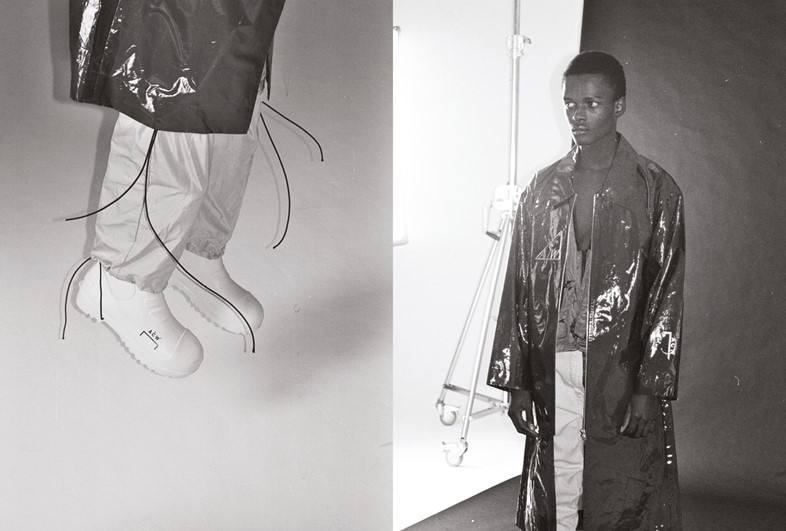
3. Not getting noticed? Do it yourself
“I do feel that I’ve been the dark horse of the fashion industry. It’s taken some time for them to catch up. A year ago, I wanted to get a feature with a magazine – I won’t say which one – and they weren’t interested. They felt I was still too new and upcoming. So, after that conversation, I decided to test the waters myself.
“I hired out a newsagent, stripped out all of the goods in the store, and filled it with hats, bags, and DVDs of our last show. We posted the location on social media, and we had 500 people show up within two hours. That’s a real gauge of who are market is, and who we need to be speaking to. And it was also a way for me to speak to the fashion world, indirectly, about what’s actually going on in London.”

4. Remember who you’re designing for
“Not long after we did the pop-up, we sat down and kind of had this crisis. Because we didn’t know what we wanted to be: did we want to be this small artistic brand, or did we want to cater to retail, and fulfil what it means to be a proper part of the fashion industry?
“I realised how important it is to remember that you’ve been elected by the people that buy your products, to tell a specific story. That’s our job. And it is a job. It probably links back to my background in product design – understanding that being a designer is actually a job of servitude. You have your client, and you are there to service them. There’s much more of a Gaussian blur around that in fashion, but the consumers are my clients.”
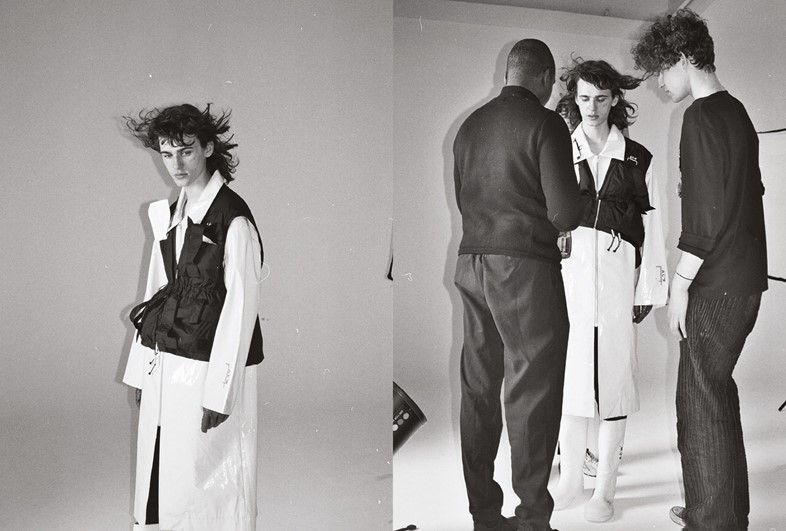
5. No designer is an island
“I feel that there should be more communication between designers. We’re in this together. And if we get this right, we can define an entire generation that won’t be forgotten. So we need to work together to make sure that we do well, and that our work is represented in the correct light.
“London’s designers are some of the best in the world. There are people here who I really respect, like Nicholas Daley. Charles [Jeffrey] is a genius. Grace [Wales Bonner] is a genius. So it’s healthy to have a dialogue with them. Grace and I meet up every six weeks and we have these really intense conversations about strategy, and business. And Charles and I have been speaking about collaborating. That would be cool.
“As for Virgil, he’s a mentor and an older brother to me. We’re very close. We speak about ideas, we speak about what it means to exist in this new era of fashion, and how we can push things forward.”
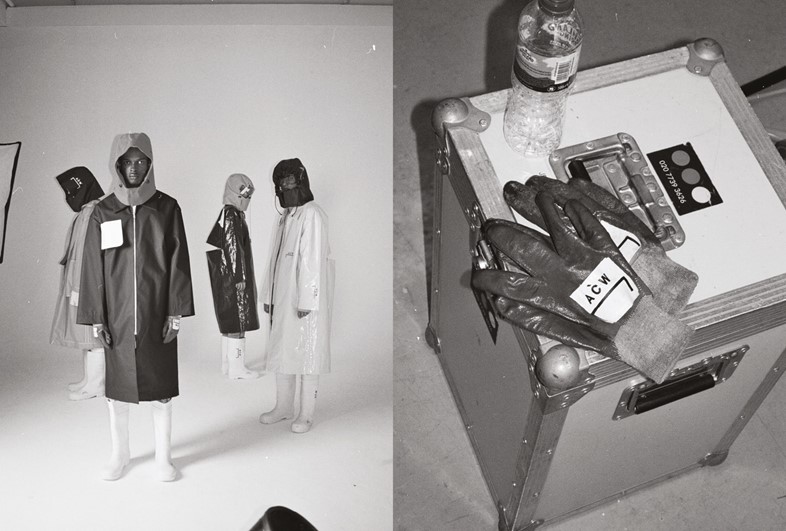
6. Maintain the mystery
“We’re in the age of mass information. Binge information. I feel there is going to be a reconfiguration of what luxury means, and luxury will go back to feeling niche.
“To me, as someone who never had any money, luxury is meant to be unattainable. And it’s meant to be intelligent. I don’t think a lot of brands are operating on a luxury premise anymore. They are too open, and a lot of them are overexposed.
“I think the world of tech is a really interesting example: they are the older cousin to what’s happening in fashion. We’re seeing that indie tech companies are building reduced phones, the size of credit cards, that can only be used to make calls. It’s about regaining control. It’s happening in the art world, too: it’s devaluing the way I view certain artists, because they are oversaturated. The artist I value the most now is Jim Joe, because he’s not on social media. You don’t know what he looks like. He’s an enigma.
“Those are the values that I want to embody with ACW. I want it to be an enigma. By not being too literal, by remaining abstract, that to me is about intelligence, and intelligence is a luxury.”
Images taken from Phase One – Archive Book, which is available to buy at a-cold-wall.com
